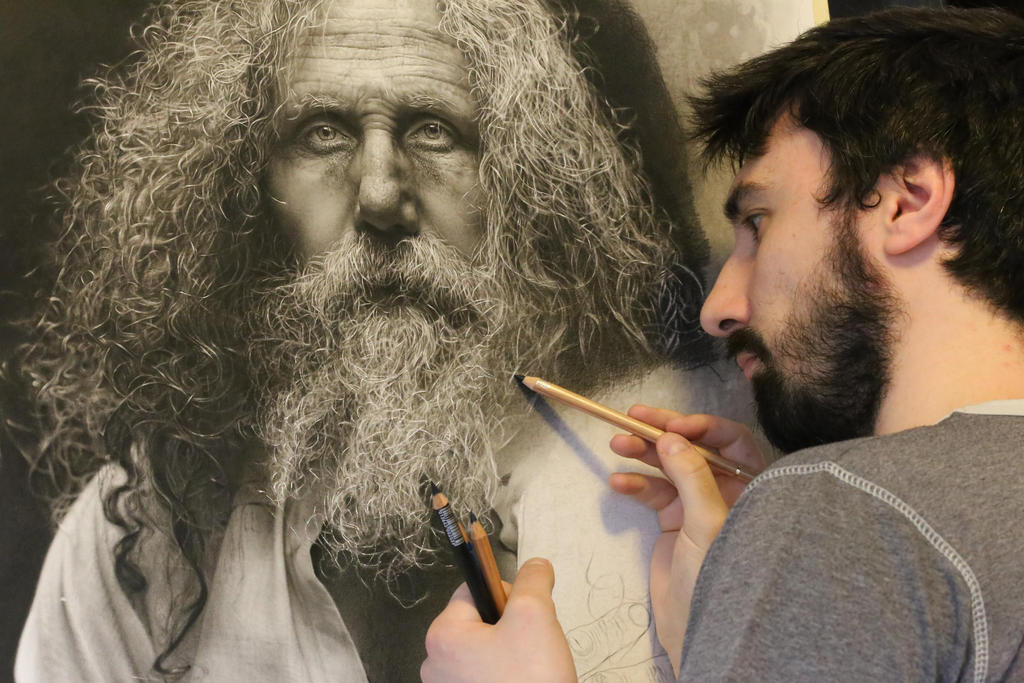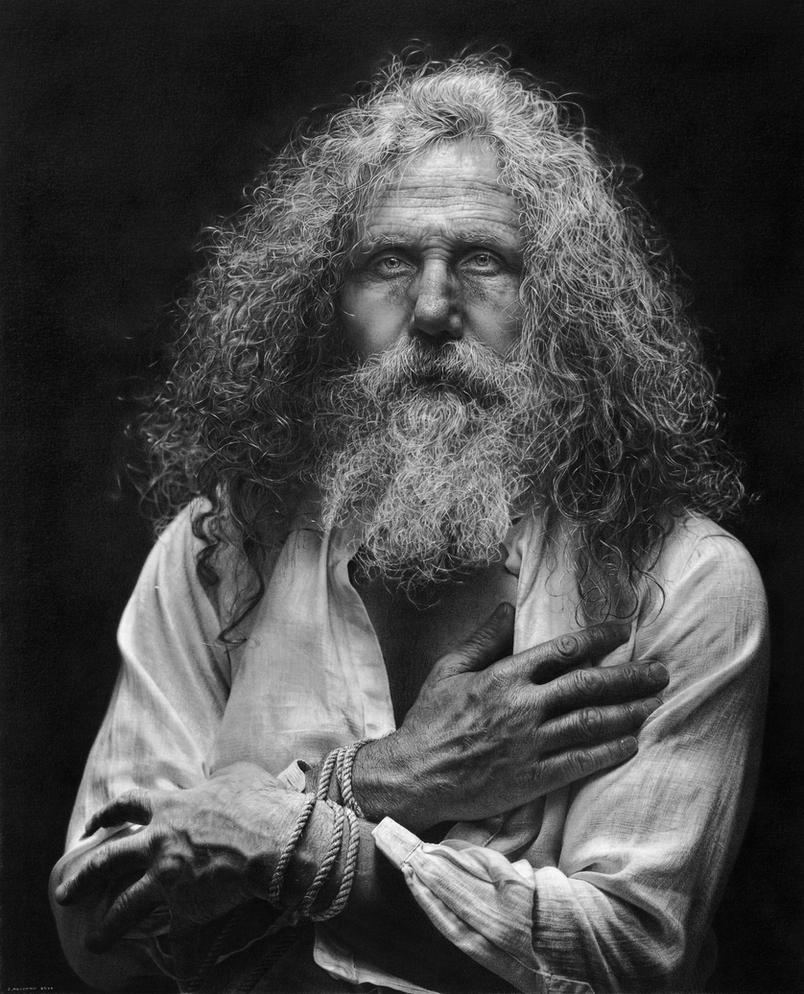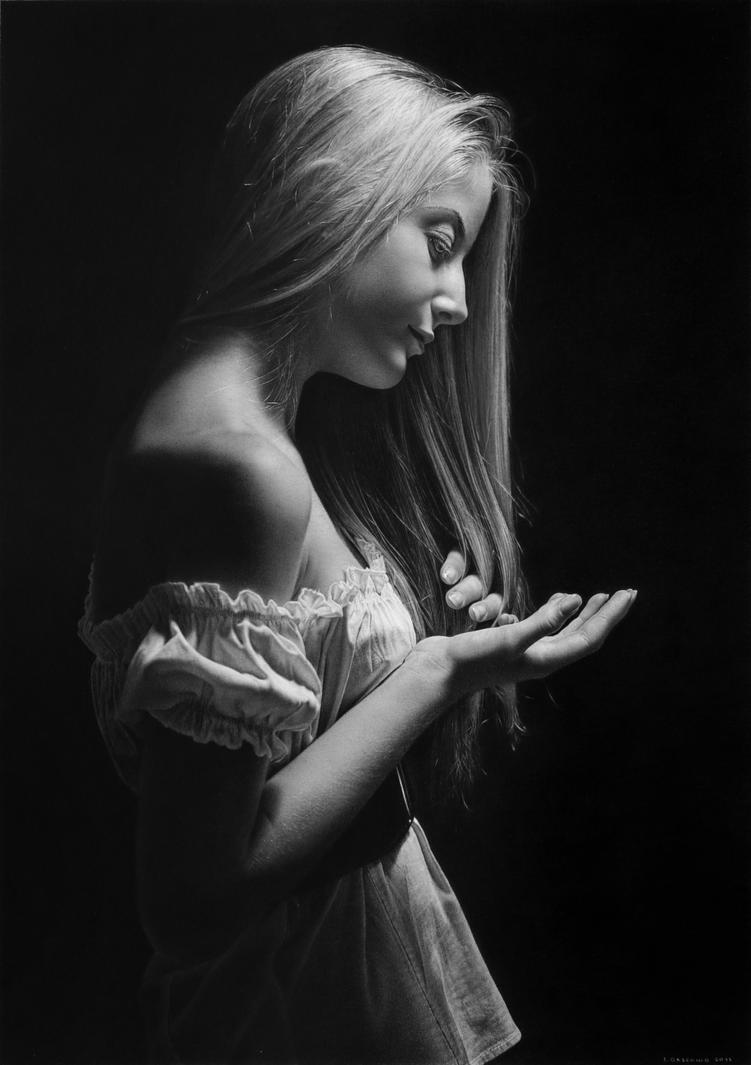 |
ENA Media/Blue Hawaiian Helicopters
|
Moving for weeks, the lava flow from the Kilauea volcano
continues to move towards the village of Pahoa and was clocked at speeds of up
to 14 metres and hour. The molten rock topped temperatures of 900 degrees
Celsius on Tuesday. More than 180 homes were destroyed by lava from Kilauea
between 1983 and 1990, but none since 2012 (ABC/Reuters).
 |
 |
ENA Media/Blue Hawaiian Helicopters
|
The USGS Hawaiian Volcano Observatory reports today (10-31-2014, 8:02 AM HST) that the volcano is continuing eruption at the summit and within the East Rift Zone, and the gas emissions remain elevated (hvo.wr.usgs.gov).
 |
ENA Media/Blue Hawaiian Helicopters
|
Predictions were that Pahoa’s main road would be covered with lava by Friday morning. At this time, the flow has stalled but the possibility of it restarting remains (Star Advertiser). The United States Geological Survey said that while the front of the flow is 15-feet wide, the molten river widens significantly behind it (CNN). CNN live news reported yesterday that the heat of the lava was in excess of 2,000 degrees.
The youngest in a chain of more than 129 volcanoes which
expands 3,600 miles across the North Pacific Ocean, Kilauea is one of fifteen which make up the eight principal islands
of Hawaii. The elevation at the summit of the Halemaumau Crater is 3,648 feet (CWOP-Weather Quality Reporter). The largest is Mauna Loa
vaulting to 13,678 feet high and historically considered to be the largest
volcano in both mass and volume on earth. Due to Kilauea lacking the
topographic prominence and historically its activities have coincided with
those of Mauna Loa, it was once believed to be a satellite of the much larger
volcano. The chemical composition of the lavas from the two volcanoes does prove
that they have separate magma chambers and are distinct from each other.
 |
| J. D. Griggs, HVO/USGS Pu'u O'o in 1983
Pu'u O'o is a
cinder/spatter cone in the eastern
rift zone of the
Kilauea volcano. |
In the Hawaiian language, the word Kilaeua means spewing or much spreading so aptly named in reference to its frequent lava outpouring. The volcano at 300,000 to 600,000 years old rose above sea level about 100,000 years ago and is located along the southern shore of Hawaii. Except for a brief quiet between 1934 and 1952, Kilauea has been an active volcano. The first well-documented eruption in 1823 placed the volcano under observation even though Native Hawaiians are believed to have first settled on the island around 1,500 years ago (Wikipedia.org).























